japanese pagoda tree problems
A naturally resistant tree Styphnolobium japonica isnt very vulnerable to either pests nor diseases. Rust powdery mildew blight canker and verticillium wilt can affect the tree.
/japanese-pagoda-tree-care-5186863-hero-b959bcf0d99349dcaef36a3b9e0cfeb0.jpg)
Japanese Pagoda Tree Care And Growing Guide
The dropping flowers and fruit on the species which are considered a messy nuisance by some people are not a problem for this cultivar.
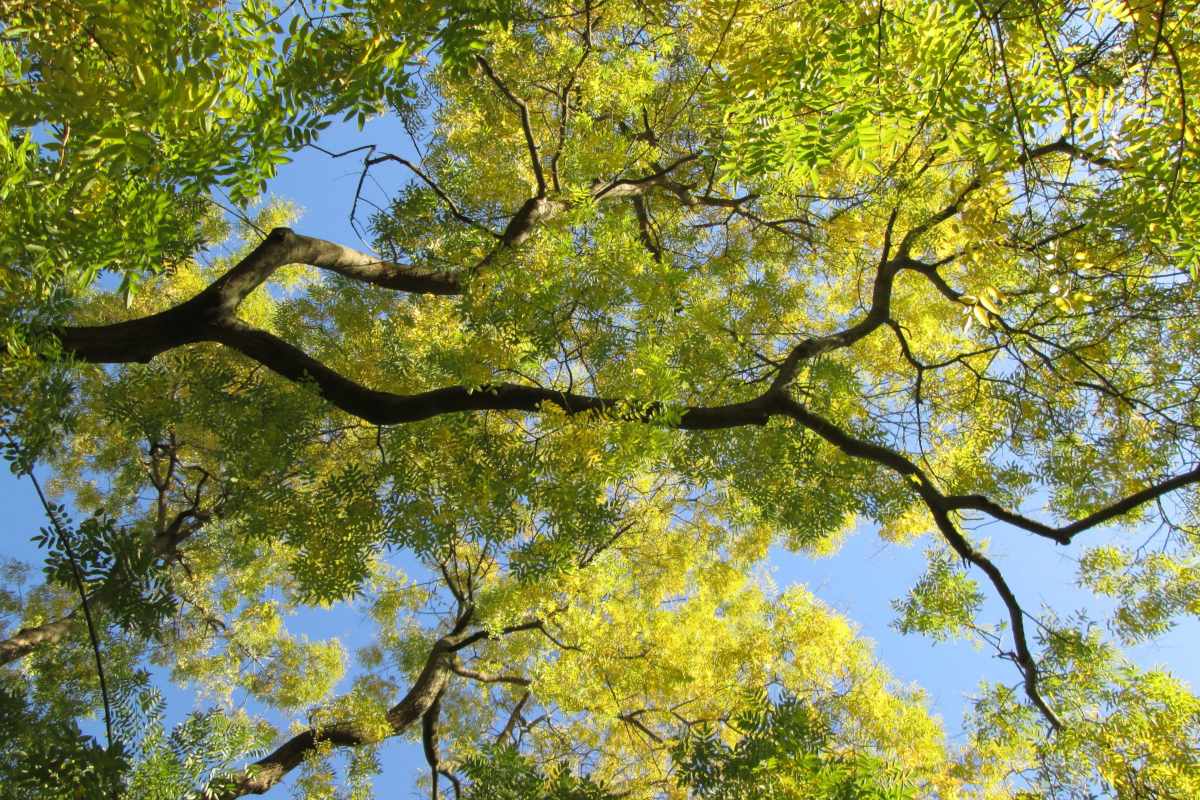
. One common error is to immediately drown the Japanese pagoda tree after a dry period in the belief that it requires a lot of water. Twig blight verticillium wilt canker powdery mildew and rust may occur. Resistant to pestsdiseases Use and Management.
A majestic tree S. Species form is slow to flower as a young tree in the northern areas of its range. Why Is Pagoda Tree Not Flowering And.
The highlight of this variety is the weeping nature as it tends not to flower and fruit like the standard species. From Cute to Carnivorous. The Japanese Pagoda tree may be attacked by a few insects or diseases but none should be serious.
The Japanese pagoda tree grows 1223 metres about 4075 feet tall and features alternate compound leaves with 7 to 17 leaflets. Instead you should water the soil properly returning to a. This particular tree is one of three planted on the St.
Weak wood and brittle stems often resulting in storm damage with age. It may break from the weight of snow if it is not pruned properly. Unknown Verticillium wilt susceptibility.
Trees do best in areas with full sun or partial shade and moderate amounts of water. What Is Sophora Japonica Learn About Japanese Pagoda Tree Care. Although there are no serious insect or disease issues leaf hoppers can be a problem.
Also known as the green osier alternate leaf dogwood and. Japonica will look nicest in large gardens and parks. Paul Campus and is part of the butterfly garden south of Green Hall.
Twig blight verticillium wilt canker powdery mildew and rust may occur. The yellowish white flowers about 1 cm 04 inch in length grow in loose showy clusters 3035 cm 1214 inches long. Potential for numerous diseases and pests including trunkbranch canker and potato leafhopper feeding that results later in witches brooms.
Multiply your pagoda tree by sowing its seeds in pots in a cold frame. Used in both supplements and creams the extract has been shown to enhance vein stability improve circulation and reduce inflammation. Problems of Pagoda Tree.
Weak wooded and susceptible to storm damage. Japanese pagoda trees grow at a moderate rate and should be topped in time to promote branching during seedling growth. The flowers buds and fruit are used in traditional medicine.
Pagoda tree contains chemicals similar to. There are clinical studies which show that Japanese. Watch for leaf hoppers.
Styphnolobium japonicum previously Sophora japonica popularly known as the Japanese pagoda tree Chinese scholar tree or pagoda tree is a species of plant in the subfamily Faboideae. It does tend to have weak wood and brittle stems which may result in storm damage with age. Insects Diseases and Other Plant Problems.
Japanese pagoda tree problems Saturday March 12 2022 Edit. No serious insect or disease problems. The pagoda tree is not affected by any serious pests.
The wood is weak and is vulnerable to strong winds or weather. The fruit is a narrow inedible pod. Though a member of the Fabaceae the pagoda tree does not fix atmospheric nitrogen through symbiosis with rhizobia bacteria.
For vein problems. The Japanese pagoda tree is often grown as a shade tree in lawns or on patios however flowers and seedpods often leave stains on pavement. The following questions were asked by visitors who viewed this page.
Watch for leaf hoppers. Before planting soak them for a few hours in a glass of water. Extract from Japanese Pagoda Tree has been used widely in Europe since the mid-1960s for treatment of various vein conditions including spider veins.
This is true but the easiest way to end it is to give too much water at once. No serious insect or disease problems. Pagoda tree Styphnolobium japonicum is a plant found in China Japan and Korea.
So it is considered essentially pest free.

What Is Sophora Japonica Learn About Japanese Pagoda Tree Care

Japanese Pagoda Tree An Elegant And Airy Slow Growing Giant For Parks
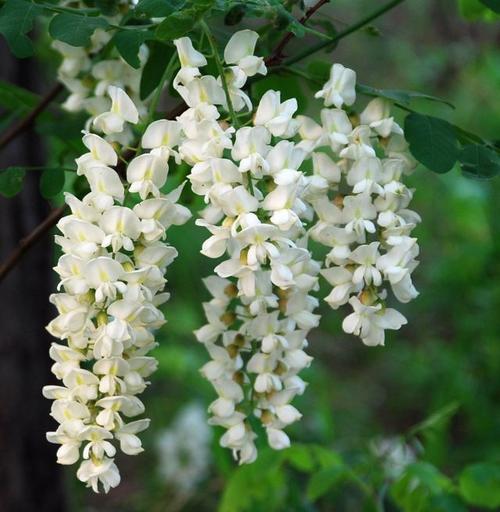
How To Grow And Care For Japanese Pagoda Tree Rayagarden

Japanese Pagoda Tree Care Maintenance Instructions Cool Garden Ideas
Japanese Pagoda Tree Becoming Popular In U S Cities What Grows There Hugh Conlon Horticulturalist Professor Lecturer And Gardener

Japanese Pagoda Tree Seeds Etsy

Pagoda Tree Japanese Grown By You
:max_bytes(150000):strip_icc()/japanese-pagoda-tree-care-5186863-04-eea66be4d0454af08c590e51a6e51aca.jpg)
Japanese Pagoda Tree Care And Growing Guide
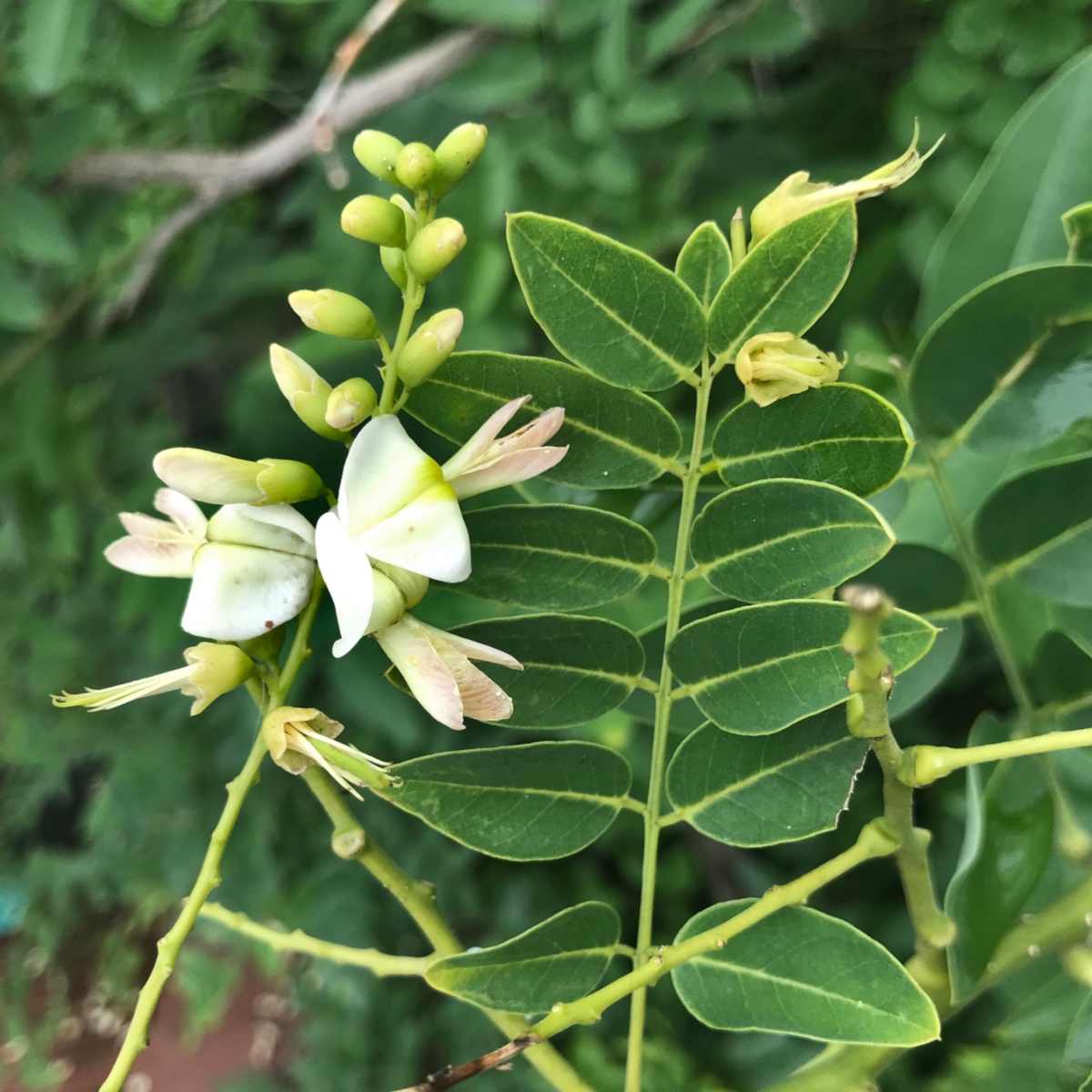
Japanese Pagoda Tree An Elegant And Airy Slow Growing Giant For Parks
:max_bytes(150000):strip_icc()/japanese-pagoda-tree-care-5186863-06-ea23bcea86d74cdd998d083e1da1f11e.jpg)
Japanese Pagoda Tree Care And Growing Guide
:max_bytes(150000):strip_icc()/japanese-pagoda-tree-care-5186863-02-40fc3009a3e544499b255f71c2f98b8a.jpg)
Japanese Pagoda Tree Care And Growing Guide
:max_bytes(150000):strip_icc()/japanese-pagoda-tree-care-5186863-07-678db2e12f964f979141917e3892ee54.jpg)
Japanese Pagoda Tree Care And Growing Guide
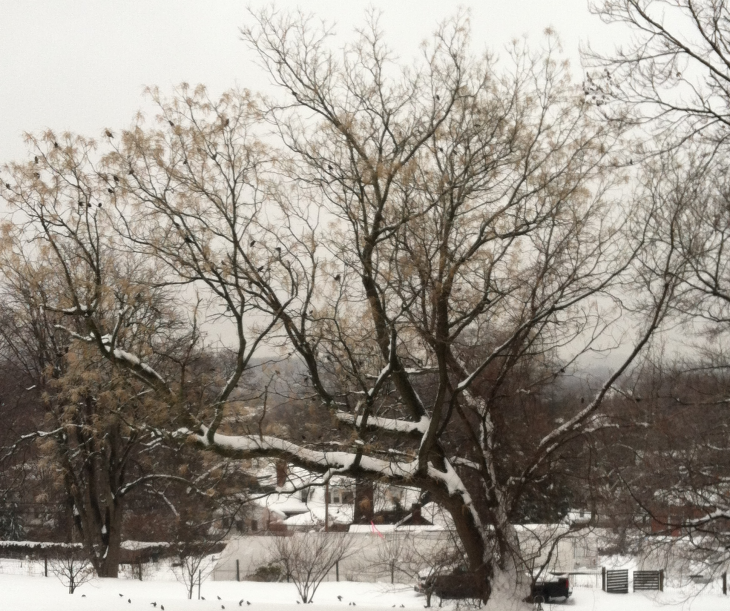
Japanese Pagoda Tree Scholar Tree Yale Nature Walk
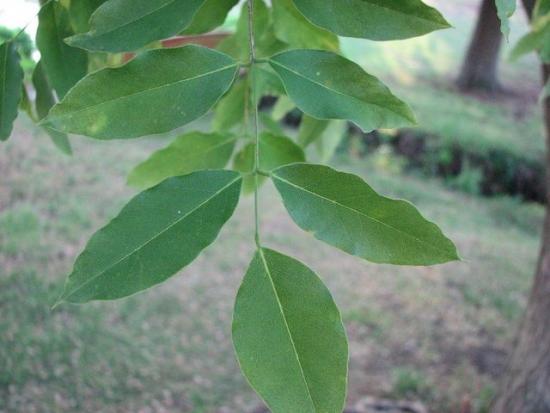
Japanese Pagoda Tree Scholar Tree Yale Nature Walk
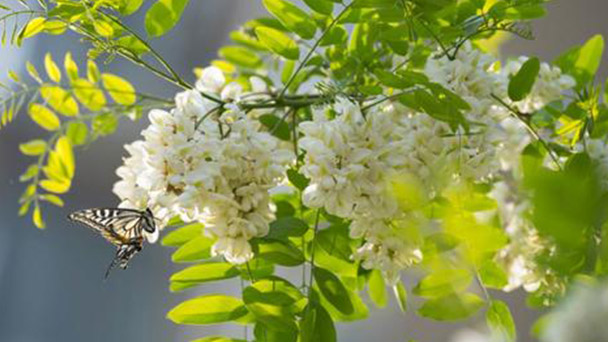
How To Grow And Care For Japanese Pagoda Tree Rayagarden

Pagoda Tree Facts And Health Benefits
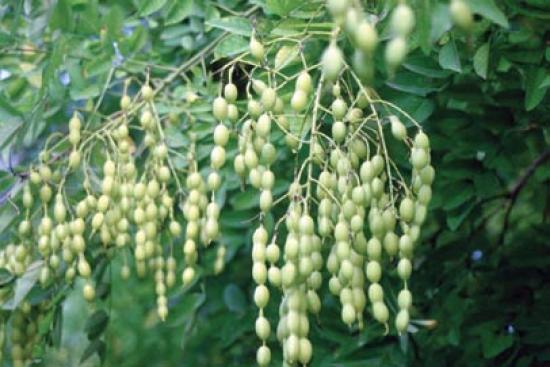
Japanese Pagoda Tree Scholar Tree Yale Nature Walk

Try A Japanese Pagoda Tree Rock Bridge Trees Trees For Bees
Japanese Pagoda Tree Becoming Popular In U S Cities What Grows There Hugh Conlon Horticulturalist Professor Lecturer And Gardener